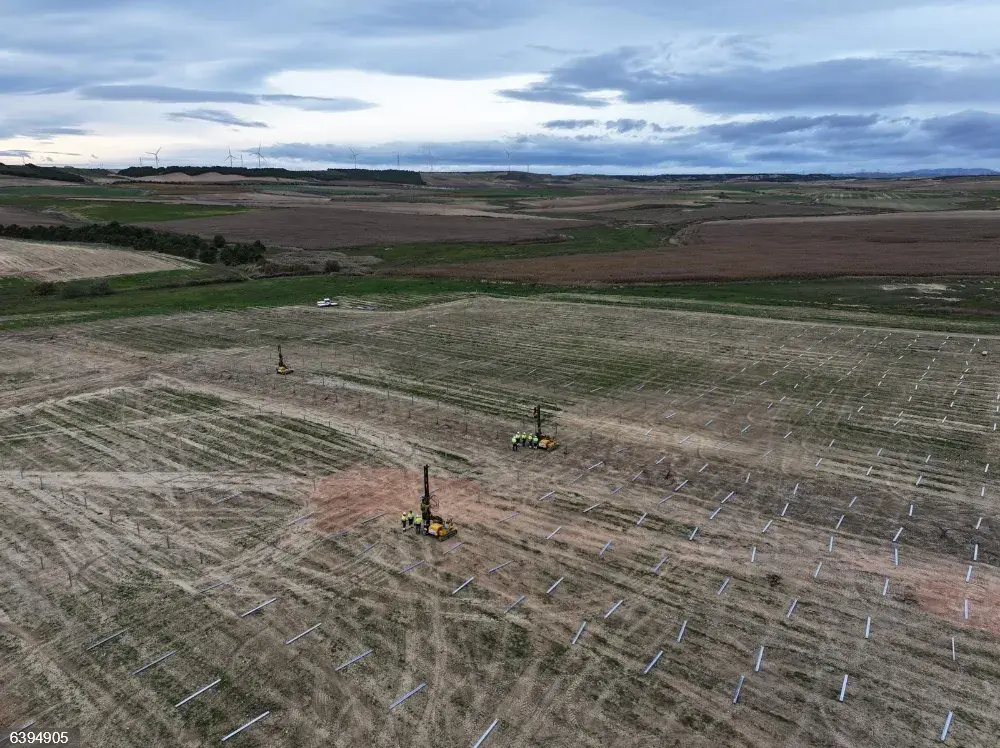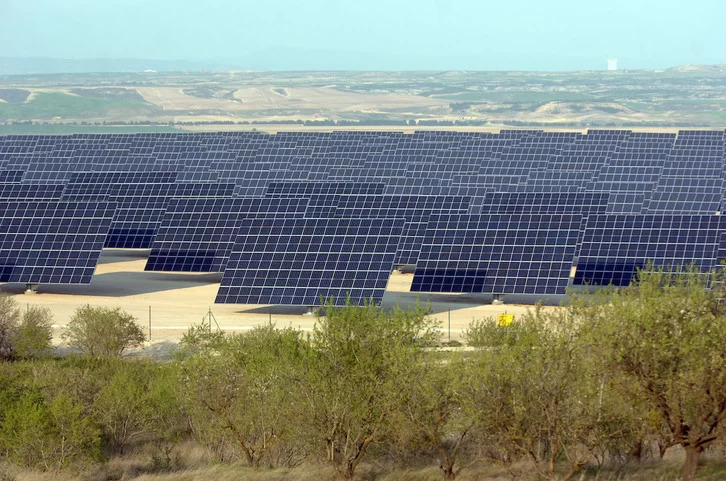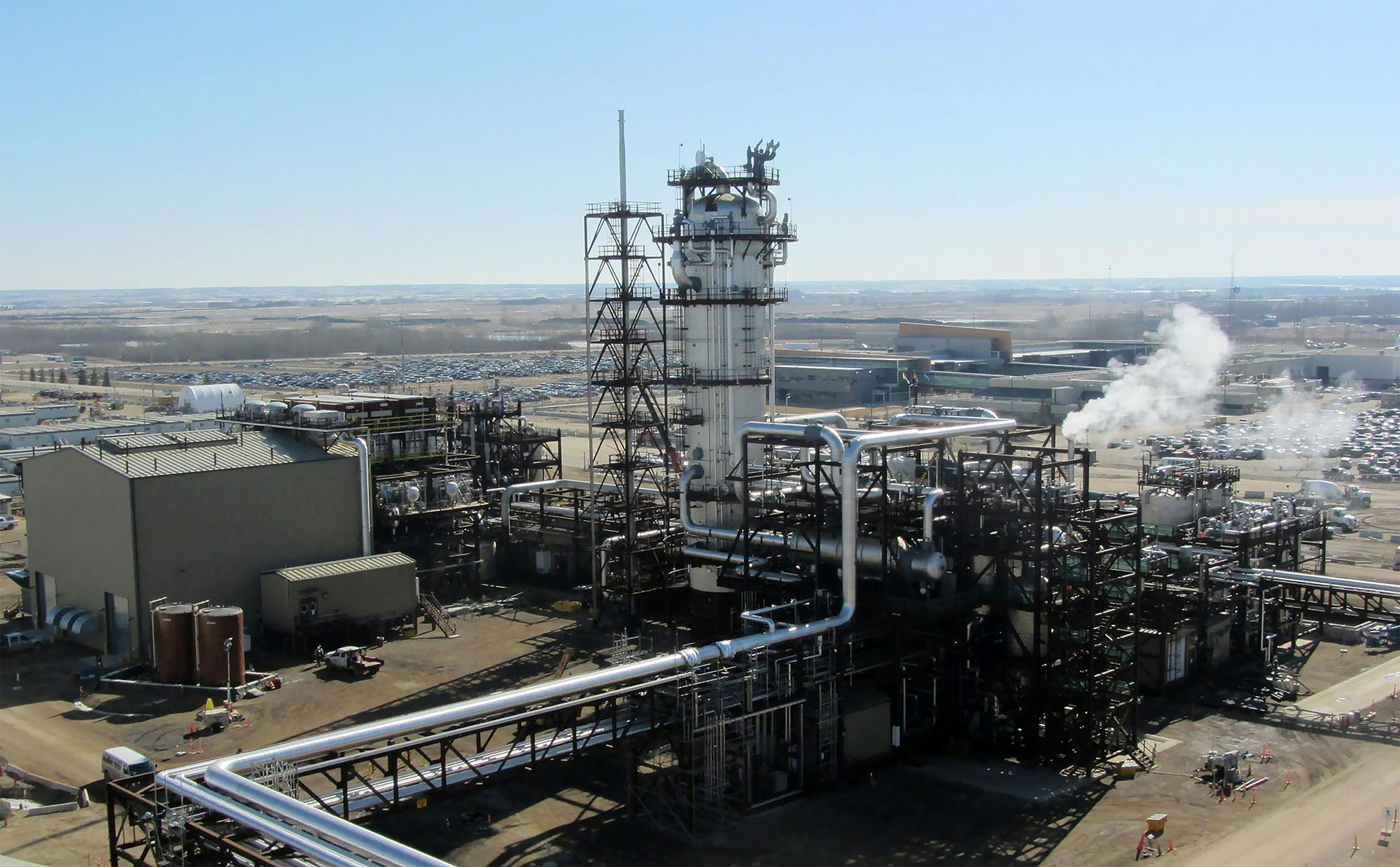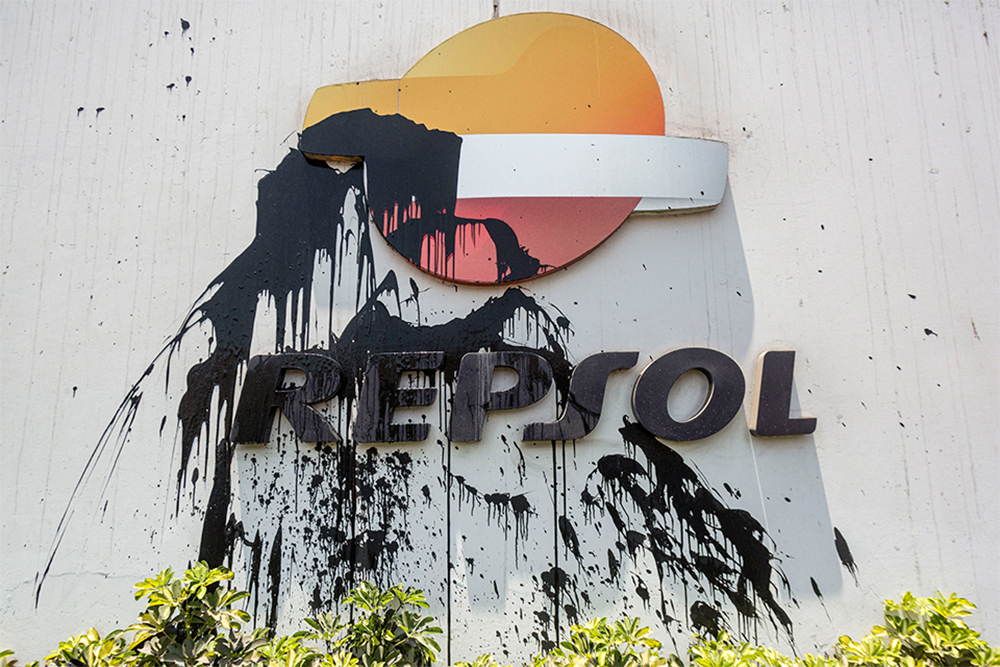Isolate? First the body, then the house.
- To better isolate the house, they say, to improve the efficiency of the heating, to save energy… but few mention the oldest system that the human being has to face the cold, to isolate his body. Why not start dressing better to live with perseverance in a cold era?
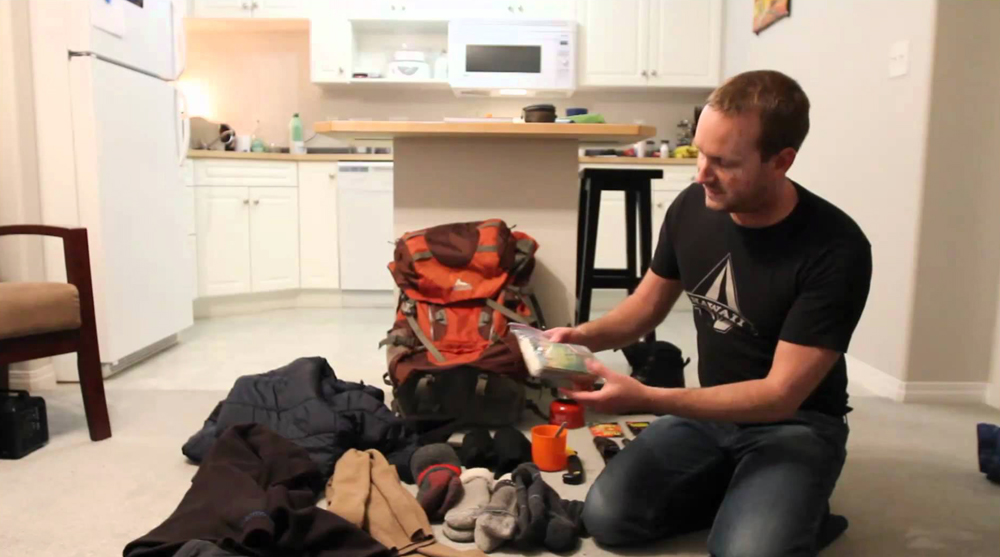
A family dressed in fat clothes in the living room? Do parents watch TV with their knees covered in blankets? “You talk about a poor family, my friend, of precarious people who don’t get the money for energy.” However, anyone should know that being in the house in empty sleeves during the winter is a very recent phenomenon. The houses were much cooler a few years ago. Today they are calculated at temperatures of 22ºC, although until very few years ago most houses were below 15 in winter, the kitchen where the stove was found was broken.
Do we have to save energy to make our pocket cheaper and more portable to Earth? Although it is always mentioned that the most effective is the choice and use of fuels (wood, coal, gas, electricity…) and the restoration of a house that has been built in poor condition, it is even more effective to lower the thermostat inside the house, with our bodies well dressed. The Dutch KRIs De Decker has collected the details on its Low-Tech Magazine website, which has already become a classic.
The reduction of the thermostat from 22ºC to 18ºC means an energy saving of 35%. But to do so, we need to better isolate our bodies. Humans, as if we were heaters that live at 37ºC, lose heat from the skin. Clothes don't give us heat, they help us keep the heat we've created.
Although not well known, there is a standard measure of clothing isolation capacity, converted into standard by U.S. technicians: “clo” (clothes are “clothes”). A clo allows the human being to remain immobile for a long time without cooling to 21ºC. Invented by the military to calculate the equipment of soldiers coming to the European war, light underwear, shirt, pants and jacket form a typical clo that a few decades ago was called a “work suit.” Any general, exposed to the clan, can easily understand how his soldiers are to guerrilla, depending on how long they are, and how they are to be sent.
If for prolonged comfort at 21ºC it is enough to wear garments that cover a clo, at 10ºC it takes 2.7 clo and at 0ºC 4 clo. Each degree implies the need of 0.18 cl. It is always the interior temperature of the house, except for the possible external winds. The ability to isolate any garment can also be given: a short sleeve niki 0.15-0.25, long sleeves 0.22-0.30, stockings 0.05, jersey 0.20-0.40, trousers 0.25-0.35.
If you form a “clo” with slip, light socks, t-shirt, niki, jersey and long trousers, at 21°C you can relax watching TV, but if you have removed your jersey (0.30 clo) then you have to keep the room at 24°C to avoid feeling cold.
Calculations will be easy for anyone. If you form a bucket with slip, light socks, t-shirt, niki, jersey and long trousers, at 21°C you can be quiet watching TV, but if you have removed the jersey (0.30 clo) then you have to keep the room at 24°C to not feel cold. On the contrary, if you add to the initial group the interior t-shirt and long underpants or leotards, you will be able to enjoy 1.7 clos at 17ºC, saving 30-40% energy (even more compared to being in empty sleeves).
But nobody wants to live wrapped in half a dozen layers like an onion. In fact, we improved the isolation capacity of our clothing by a greater weight in the dress, with the layer of thickened clothing, which also has limitations. To our congratulations, military, athletes and space expeditions have created new materials that allow us to act in extreme weather conditions. Many of the garments that have been created for them are also useful in everyday life inside the house, very effective and also aesthetically relaxing for those who may fear the weight of a beggar or a greedy hoop.
According to Kris De Decker, when comparing clothing, underwear – underpants or pantys and long shirts – has great advantages. As they are glued to the body, they are more resistant to heat than the wider garments, of similar clo. They also accumulate more comfortably in layers, optimizing the effects: if a layer of underwear gives 0.5 clo, both layers accumulate 1.5 clo.
Unfortunately, sellers do not mention the values of clo garments on their labels, nor in the most modern materials manufactured with high technology. However, the citizen easily realizes the differences between each other by carrying out a test or information from his friends. According to the technical manuals and studies analyzed by De Decker, polyester and acrylic are 2.5-8 times hotter than cotton or wool. Materials like Thinsulate are even better insulation.
Although the propaganda of synthetic products by a demanding promoter of low-tech solutions seems contradictory, because they come from oil, their justification is simple: reducing the thermostat of homes saves much more fuel than those used to manufacture synthetic garments. Moreover, these garments show the need to leave them to the men of the future without wasting fuel. Anyone who does not want to use synthetics, or because of objections to the development model, or because of damage to the skin, will find an appropriate solution in interior garments such as cotton and wool.
And what about frozen hands and feet? They often complain about those who are forced to stay still for a long time at home or at work. Hands and feet are the first victims of a person’s cooling, but also vice versa, if the body is kept quite warm hands and feet will not suffer. Tree branches are sacrificed, as in winter ice, when our feet and our hands feel that their bodies are cooled down. Therefore, the key is not so much to wear hand skins, but to tame the whole body, even the head, sometimes.
De Klerk does not want to mention the disadvantage of being able to have the coldest house: his friends come to visit, find themselves unpleasant. Always keep extra clothing ready for outsiders. In the Basque Country, many people accustomed to heating in street homes have realised this when they were heading for single-parent households. On the other hand, this lesson is also being forcefully studied by many citizens, who are unable to cope with the costs of warming. In the midst of the crisis of the twenty-first century, it would be no bad thing for us to face the cold with the lightest possible trauma.









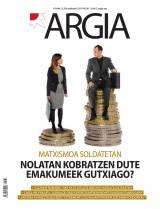


.png)

